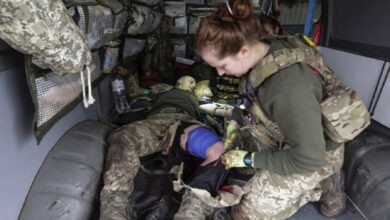Interview with the call sign “Khan”: the commander of an attack drone company on artificial intelligence on the battlefield
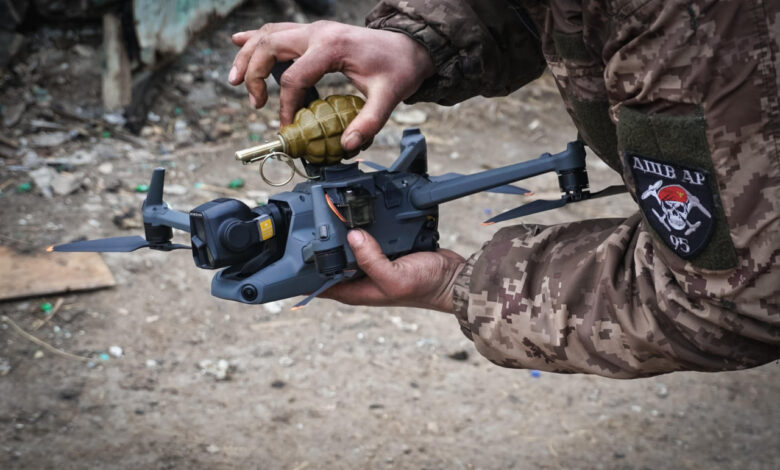
In modern warfare, drones play a key role, their technological development is taking place at an incredible speed, however, on the front lines, they often become scarce, turning into expendable material, which forces the military and engineers to look for new solutions. Currently, the possibilities of introducing artificial intelligence, which can fundamentally change the rules of the game on the battlefield, have been actively explored.
IA “FACT” journalist Yulia Khomenko spoke with the commander of the company of the 95th separate air assault brigade, known by the call sign “Khan” and learned about the evolution of drones in war and, most importantly, how artificial intelligence helps in war and saves lives Ukrainian military.
When did you personally start working with drones and how has your perception of their role in the military changed since then?
The year 2020 marked the beginning of my contract service in the Armed Forces, where, after receiving professional training in piloting, my acquaintance with drones began. These were drones for conducting aerial reconnaissance, where my main job was to detect the enemy and target targets with a means of defeat. Already during a full-scale war, I headed a division of strike drones, where the tasks and specifics of work changed somewhat. The list and nomenclature of used drones have become wider, each type of drone has its own advantages, so their combined use allows you to achieve the best results in combat conditions, because working with drones is a constant development and improvement, as they are an important element of modern warfare.
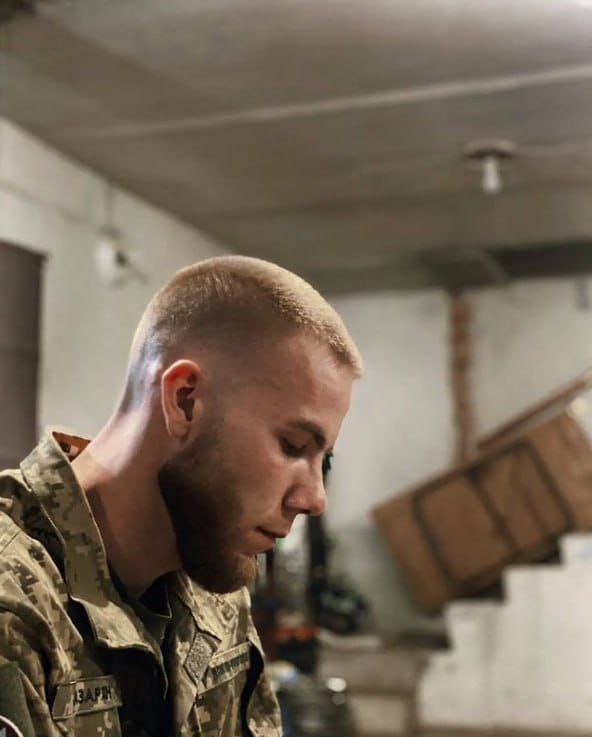
How are drone operators trained? Who is recruited there and according to what criteria?
Previously, the selection criteria were the same as for fighter pilots, and it was necessary to pass the LLC, where the emphasis was on the physical health of the pilot. Currently, the main criteria are the ability to learn new things and adapt to changes, because the development of technology does not stand still, and flexibility and enthusiasm are needed to keep up with the pace of events and innovations. In general, learning to fly a drone is not difficult, the main thing is to have interest and desire, although, of course, human qualities are also important.
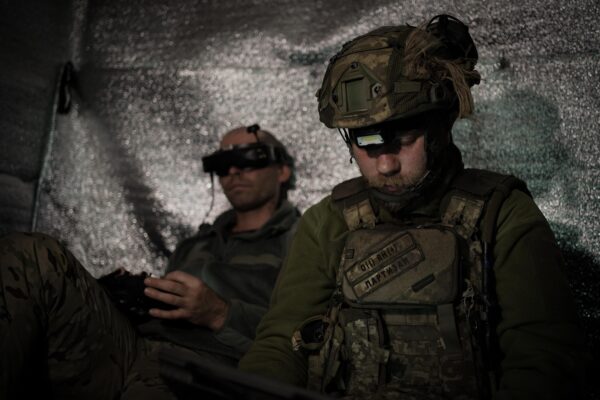
Have the technical capabilities of modern drones changed compared to the beginning of the war?
Ukraine is actively developing and implementing unmanned systems, becoming a leader in their application. Drones have become an integral part of the equipment of Ukrainian military units, significantly increasing the situational awareness of commanders at all levels. The Russian-Ukrainian war demonstrated the effectiveness of drones as a weapon, stimulating the continued development and improvement of this technology in Ukraine.
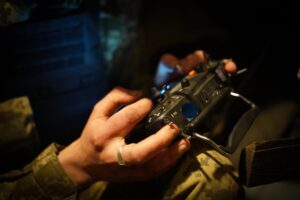
What is the role of the state and volunteers in providing the Armed Forces with drones?
Volunteers who promptly respond to the needs of the Armed Forces provide a great help in providing the unit with drones. The role of the state is also present, but needs more time to be implemented, as many UAV models still need to be tested and evaluated.
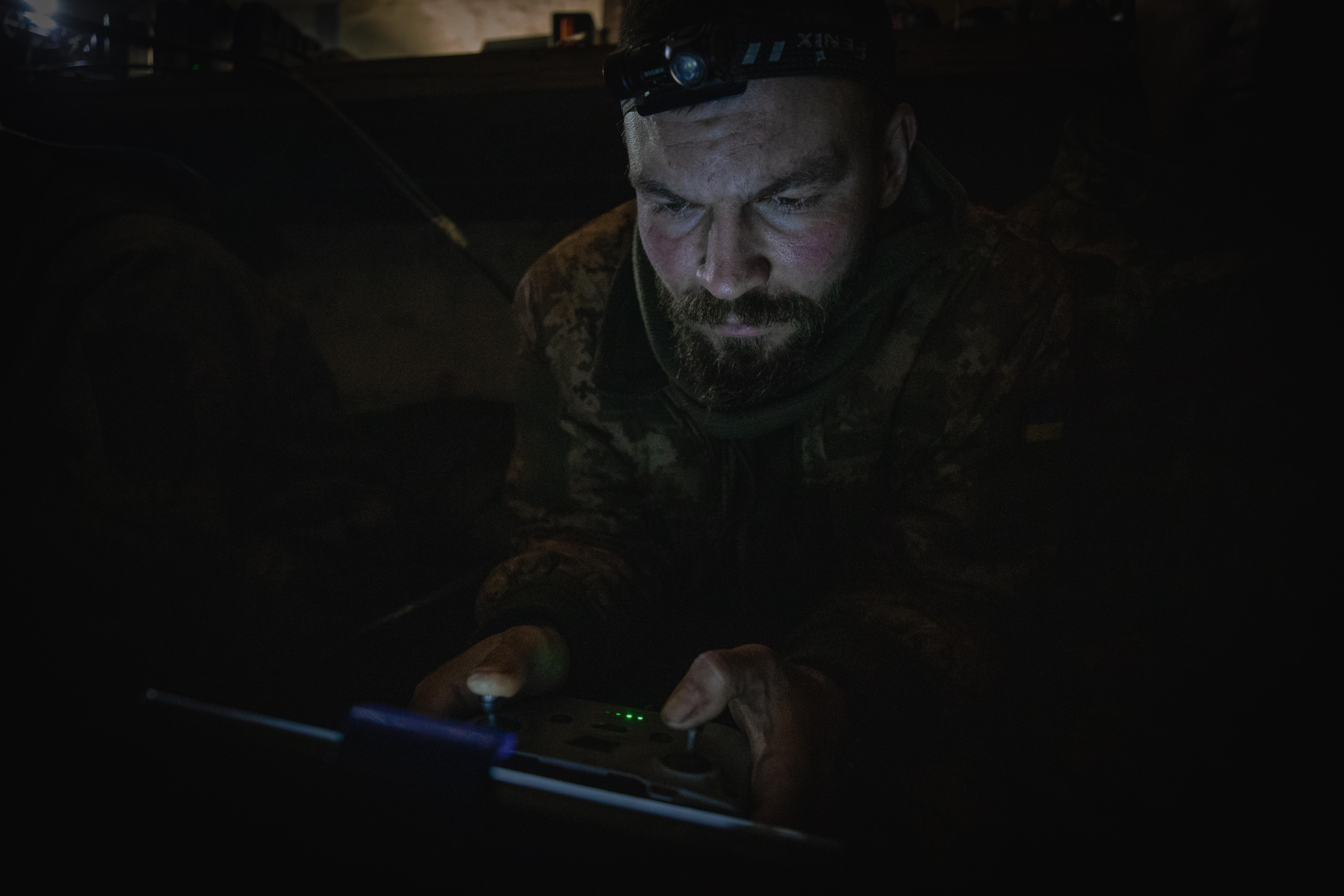
The mass media write that the production of drones for the Armed Forces has increased more than a hundred times. It is so?
Ukraine is actively increasing the production of drones, which find a wide range of applications – from mining and bombing to the evacuation of the wounded from the battlefield and the delivery of humanitarian goods. Therefore, increasing the volume of domestic production is a logical development.
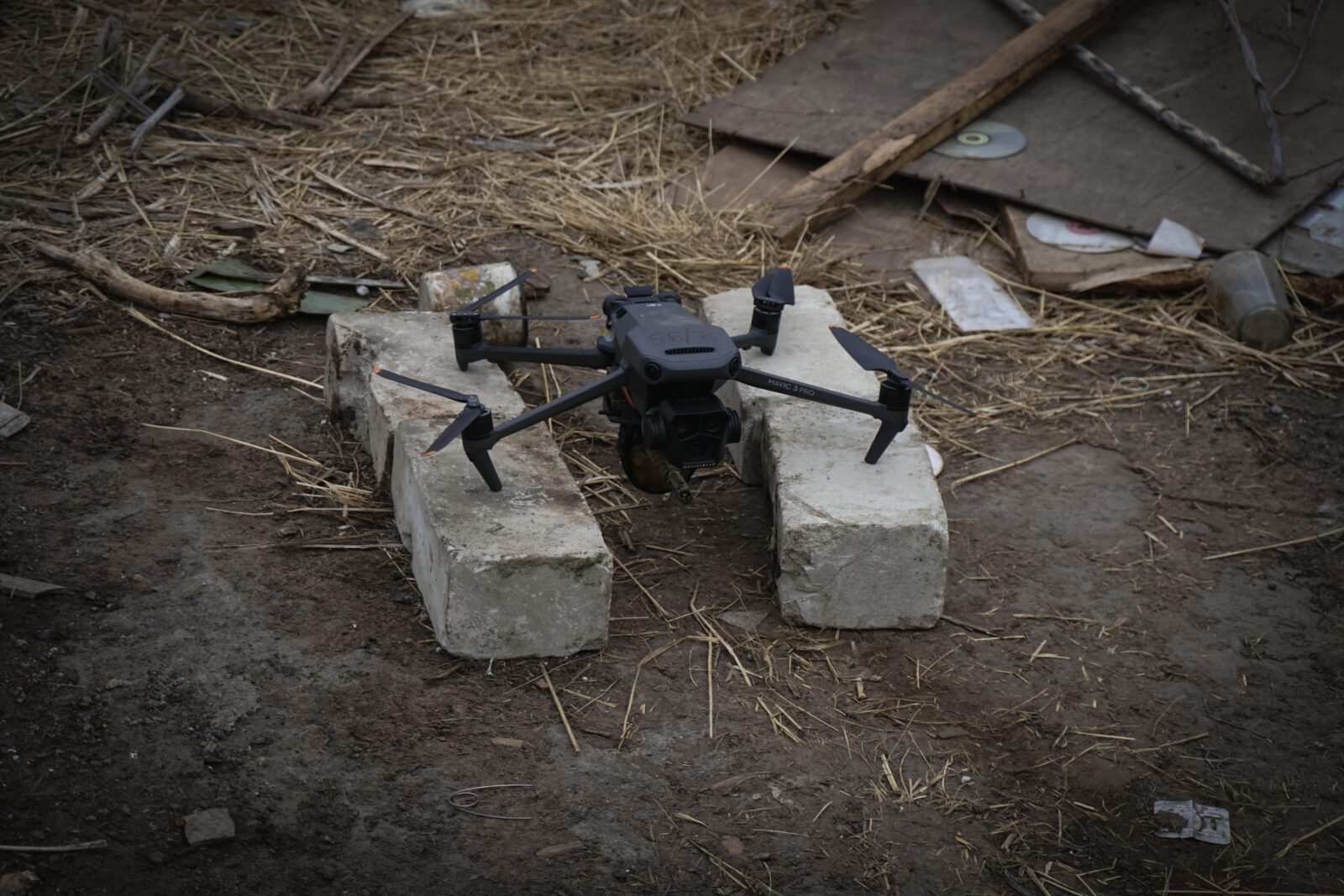
The war with Russia will probably drag on. How technologically ready is Ukraine for this?
Here, the decisive point is how ready we are morally, and we are ready for victory, but technologically speaking, we have a certain advantage that must be held and not let the enemy gain the upper hand over the technological component. After all, drones themselves are a very large range of different means: wings, kamikaze, state intelligence, and now both sides are actively testing the use of artificial intelligence in drones, which can radically change the course of the war. The general trend is positive for us, we have a large involvement of volunteers and design novelties, and if we succeed in introducing artificial intelligence to drones before the enemy, we will have a significant advantage, since innovations in this area can be revolutionary, changing the entire doctrine of war at the expense of increasing the role of drones and their autonomy. Artificial intelligence helps strike drones navigate in flight and avoid obstacles, including jamming. For example, the enemy hid in a pit. The drone pilot sees the picture, but in the last 100 meters it disappears due to radio interference. This is where artificial intelligence will come in handy. The tactic is likely to be as follows: each calculation will have a certain number of such drones and use them situationally, if the objectives require it, or if the enemy uses electronic warfare. Since the drone can operate completely autonomously, EW ceases to be an obstacle for it. But these are larger drones that cost much more. And everything is going to the point that artificial intelligence will soon appear en masse on FPV drones, which have a fairly small price and can be effective. This will make it possible to increase the number of effective Russian hits.
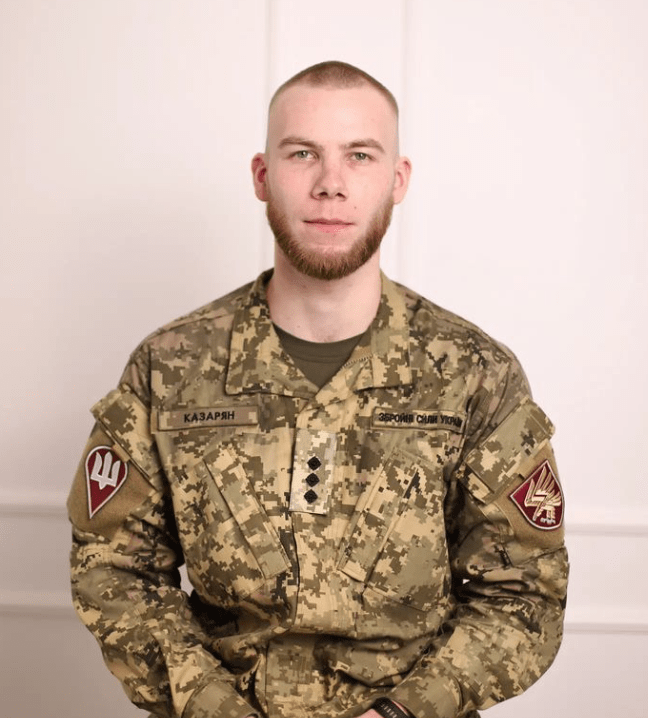
Han, how often does the enemy spot your drones during missions?
The drone is loud, and there are no silent drones, and the drone can be heard 500 meters away on approach, so it is often observed that we inflict damage on the Russians, they acoustically determine that our kamikaze is flying and hide.
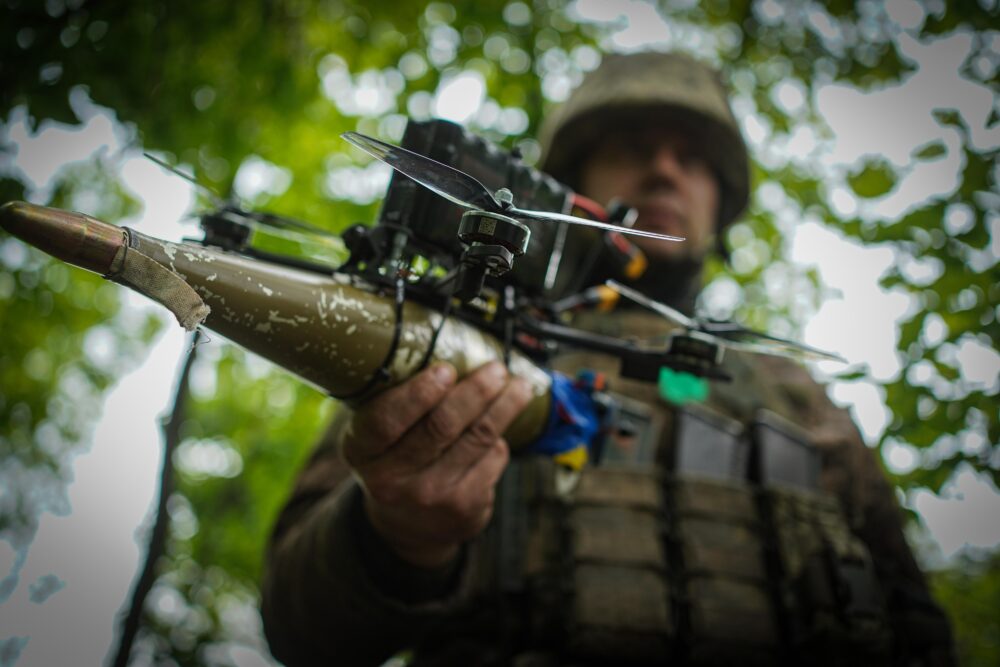
We understand that a drone is still a piece of equipment. Are there any crashes or failures during combat missions? How do you deal with such situations?
It is the pilot’s task to minimize these failures, because the failure of drones is a certain logical consequence of a malfunction or failure to observe something, for example, a signal failure or some kind of damage – all this is subject to analysis. I think experience is stability: the more stable the pilot’s work, the less mistakes, and in general, yes, 100% it is a technique that can break, but we try not to make such critical mistakes in drone control. In general, my priority is always to save human lives, because drones are just equipment that can be quickly replaced.
Will we be able to produce more UAVs than Russia does? What is needed for this?
For this, you just need to involve the maximum number of people, because drones save lives, and if there are no drones, then some tasks will have to be done manually, so you need funding from the state and an understanding of the importance of this tool.
Have you had personal experience of killing Russian soldiers with drones?
Every professional bomber pilot since February 24, 2022 has made a significant contribution to the destruction of enemy manpower, although the exact number of eliminated Russian soldiers is difficult to calculate. However, daily statistics show that each such pilot delivers from 5 to 15 strikes, which significantly weakens the enemy’s combat capabilities and brings our victory closer.

Many talk about the lack of drones on the front. In your experience, what types of drones are most lacking in the Ukrainian military? Are there any specific models or features that would be particularly useful in the current combat environment?
I think there’s not enough of them all because it’s a expendable that isn’t durable and the more we have the better because a kamikaze drone is enough for one time and if it’s a scout for example there’s no such stats here it can be both one span and more.
Thank you for this conversation and for what you do! I wish that we won not just win, but win as soon as possible, so that your skills in working with reconnaissance drones will suit us in a peaceful life!




